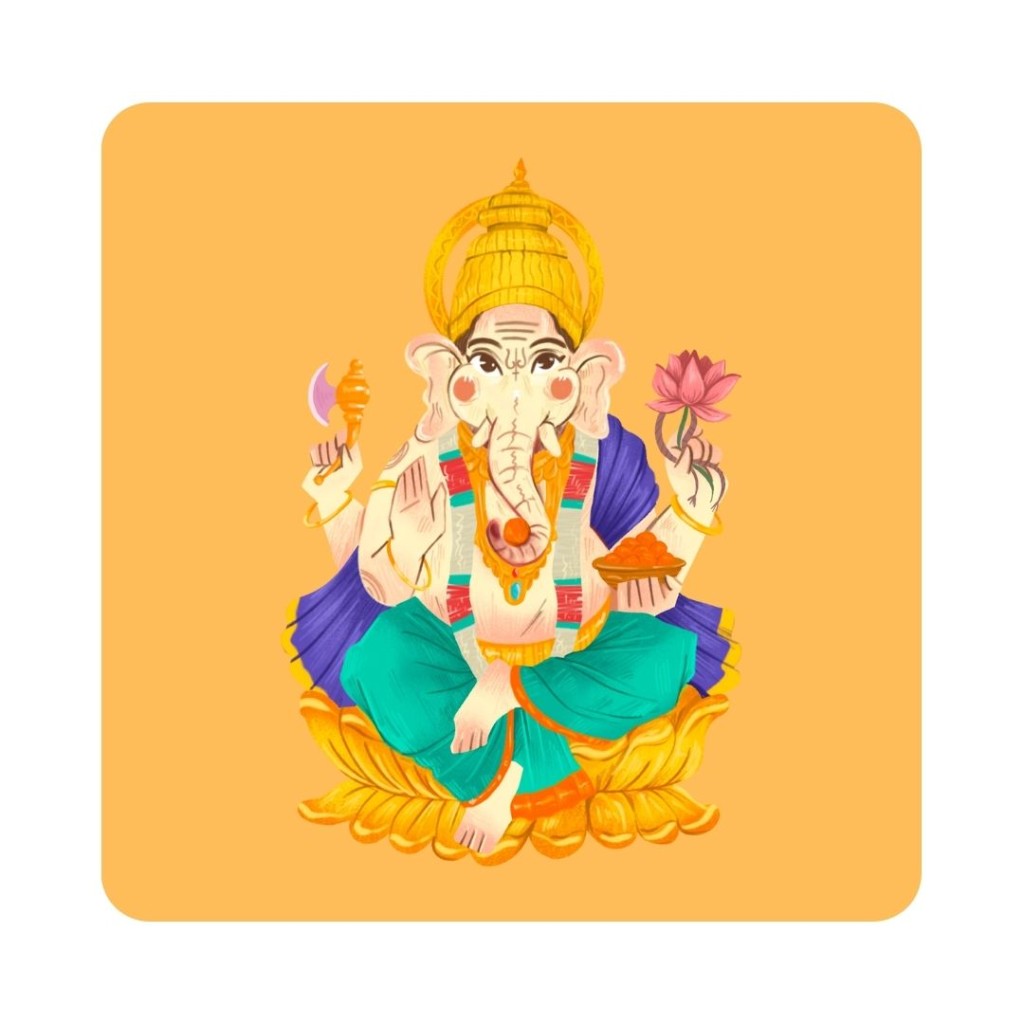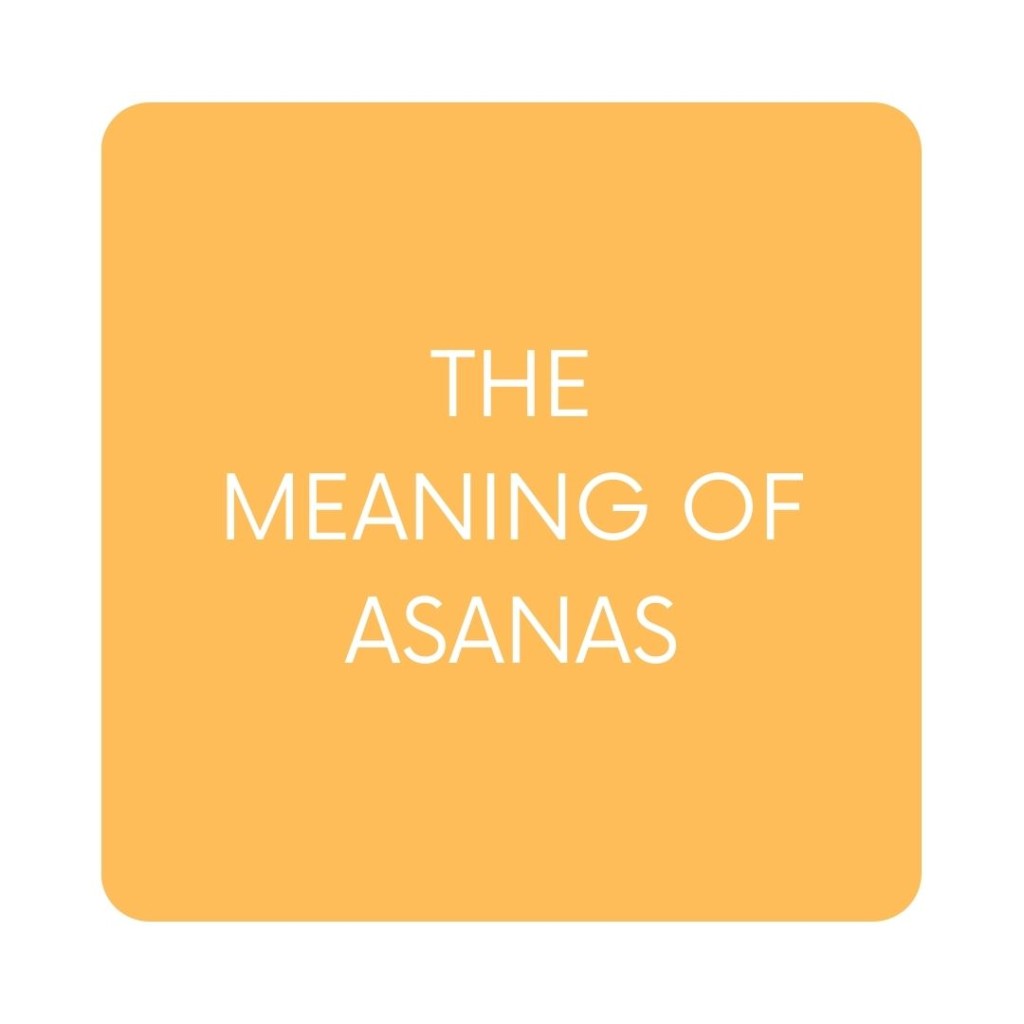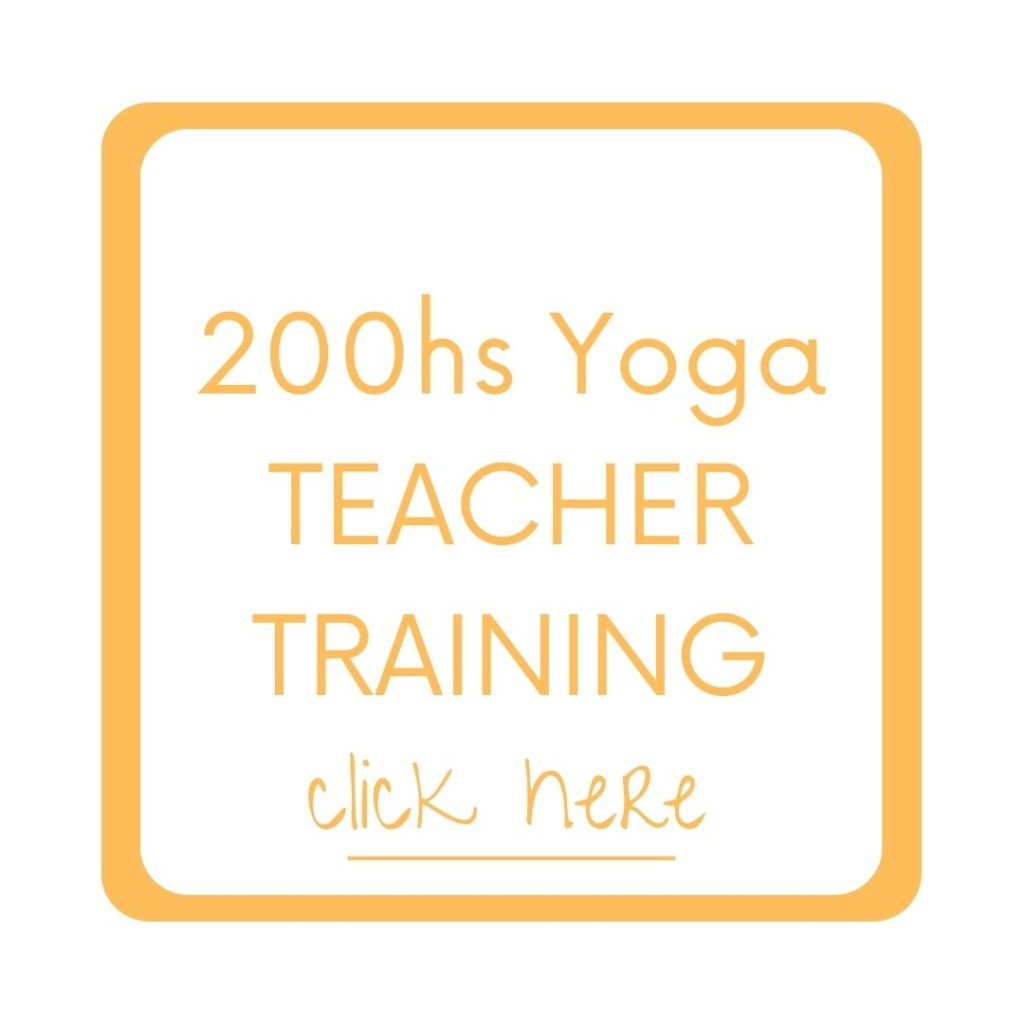Eka Hasta Bhujasana is linked to the story of Ganesh.
This pose requires strength, balance and flexibility, but also carries symbolic meaning rooted in Hindu mythology.
The divine marriage of Pārvatī and Śiva, although blessed, was not easy.

Śiva spent eons in meditation seeking ever greater achievements, leaving Pārvatī alone, longing for a child.
From her own skin, Pārvatī created a son, and the story of Ganesh begins.
Ganesh grew up fast and became the gatekeeper of his mother’s house.
One day, when Pārvatī was bathing, Śiva returned and found Ganesh guarding the entrance, forbidding his entry.
In a fit, Śiva beheaded him. When Pārvatī arrived, she demanded that Śiva find a replacement head for her son.

Śiva, reflecting on his impulsiveness, came across an elephant willing to give its head for Ganesh.
The elephant accepted death as part of the goddess’s creation and offered its head with gratitude.
Śiva accepted the offering and revived Ganesh with the elephant’s head.
Ganesh understood the meaning of humility, recognizing Śiva as a great lord and Śiva asked for forgiveness for his mistake.
The story of Ganesh...
teaches us that by surrendering our “worldly heads” and seeing beyond materiality, we can recognize the spiritual unity in all things.
Pārvatī and Śiva represent two aspects of the same cosmic reality, separated only by the illusion of materiality.
The story highlights the importance of humility and spiritual unity in our lives.
The elephant occupies an important place in Hindu mythology, particularly associated with Lord Ganesh, one of the most revered deities.
This posture represents several characteristics linked to the elephant.

Strength and Stability:
Elephants are seen as symbols of strength and stability due to their immense physical power.
This elephant trunk pose requires a strong and stable base to balance on your hands.

Flexibility and adaptability:
Elephants are known for their flexibility despite their enormous size.
The yoga posture reflects this quality, demanding flexibility in the practitioner’s body.
In mythology, Ganesha’s flexible nature symbolizes adaptability and the ability to find creative solutions to problems.
Text-based on the book:
The Stories Behind the Poses, Dr. Raj Balkaran
Explore, play, connect with your inner child, unlock your creativity, free yourself from inner judgment and fly high!



